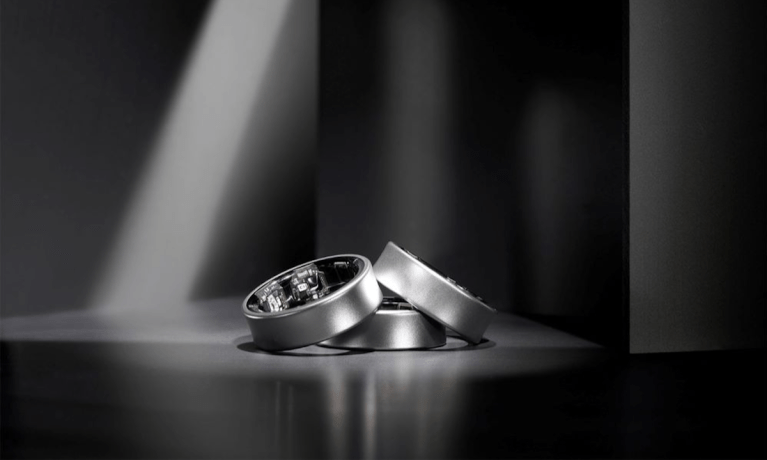
Samsung unveiled its artificial intelligence (AI)-powered Galaxy Ring at a product launch event in Paris on Wednesday (July 10), marking the South Korean tech giant’s first entry into the smart ring category.
This move expands Samsung’s wearable technology offerings and strengthens its position in the health monitoring market.
“The latest additions to our wearables portfolio integrate Samsung’s most advanced technologies and innovations, enabling you to take control of your health and wellness with preventative healthcare solutions,” TM Roh, president and head of mobile experience business at Samsung Electronics, said in a news release. “The intelligence, guidance and insights that are offered with Galaxy Ring, Galaxy Watch7 and Galaxy Watch Ultra will help users turn data into meaningful insights and create a whole new era of expanded intelligent health experiences.”
The Galaxy Ring uses AI to generate detailed health reports, including metrics like sleep, activity, heart rate and heart rate variability. Its AI-powered Energy Score and Wellness Tips offer insights and recommendations designed to help improve daily health and well-being.
Samsung also unveiled its latest foldable smartphones, the Galaxy Z Fold 6 and Galaxy Z Flip 6, positioning them as AI-capable devices with their Galaxy AI platform. The new phones feature generative AI capabilities, including real-time translation, conversation tools, photo editing and productivity options, making AI a major selling point for Samsung in its competition with Apple.
Samsung’s focus on AI in these devices highlights the growing importance of the technology in the smartphone market, as manufacturers seek to differentiate their products and provide advanced features to consumers.
The smart ring is designed for 24-hour health monitoring and is equipped with sensors to track various health metrics, including sleep patterns, menstrual cycles, heart rate and exercise activities. The gadget, weighing between 2.3 and 3 grams, depending on size, is available in three color options.
According to PYMNTS Intelligence, half of U.S. consumers now utilize wearables or apps for health monitoring. Affluent consumers are particularly inclined to use these technologies, with twice as many high-income individuals using wearables or apps compared to those with lower incomes, as reported in “Connected Wellness: Tracking the Rise of Health-Tracking Technology.”
The Galaxy Ring is not just a standalone device. It’s part of Samsung’s larger ecosystem of products, including smartphones and smartwatches. This integration strategy is designed to provide users with a comprehensive health monitoring solution, ensuring that no aspect of their health goes unnoticed. This approach could potentially drive sales across multiple product lines, making the Galaxy Ring a key player in the health monitoring market.
Last month, Samsung launched the entry-level Galaxy Watch FE, and now they’ve unveiled the $299.99 Galaxy Watch 7 and the $649.99 Galaxy Watch Ultra. The Ultra, replacing the Galaxy Watch 5 Pro, targets outdoor athletes with features like 10ATM water resistance, an IP68 rating and a titanium watch face.
Key features of the Galaxy Ring include sleep monitoring, which tracks movement, sleep latency, heart and respiratory rates and sleep quality analysis.
Samsung said the Galaxy Ring’s battery can last up to seven days, and the device has a portable charging case. The Galaxy Ring will be available for purchase on July 24, with a starting price of $399.99.
This launch represents Samsung’s effort to capitalize on the growing consumer interest in personal health monitoring devices. It also positions the company to compete more directly with other tech giants in the wearable health technology space.
As the smart ring enters the market, industry observers will be watching to see how it performs and whether it can drive growth across Samsung’s broader product ecosystem. This device’s success could have implications for the future direction of the wearable technology market and personal health monitoring devices.